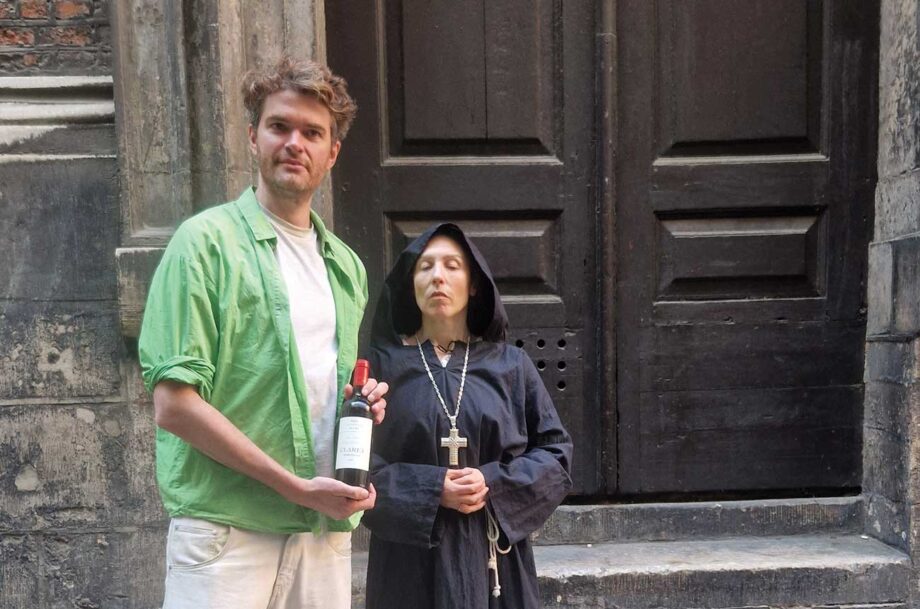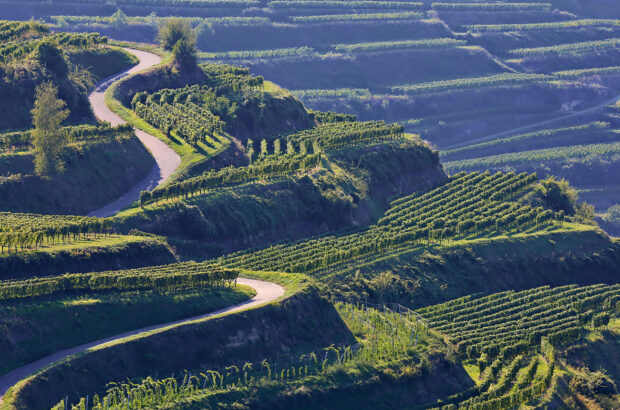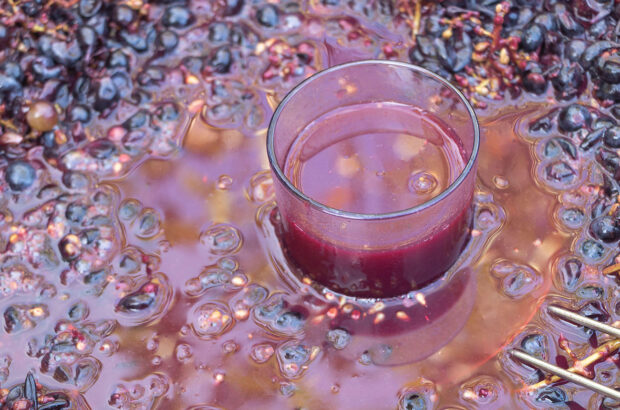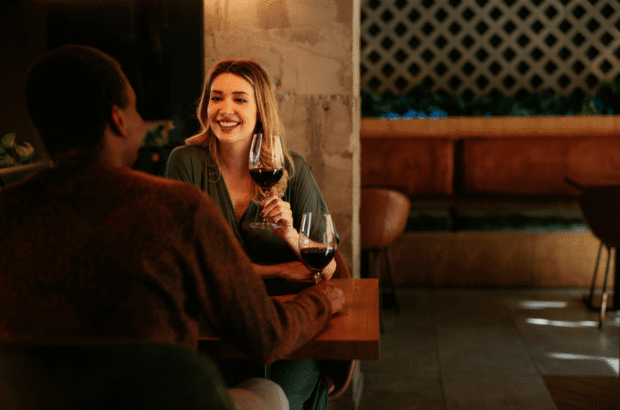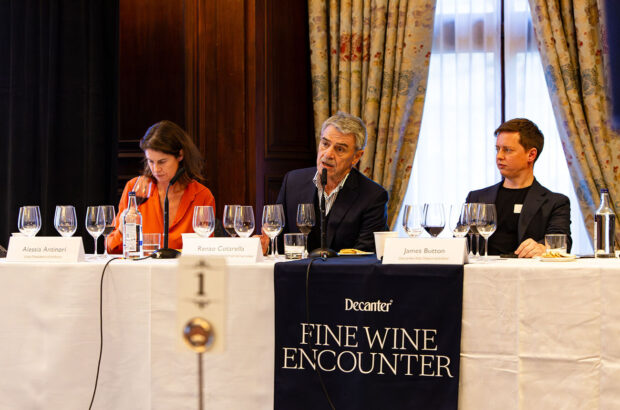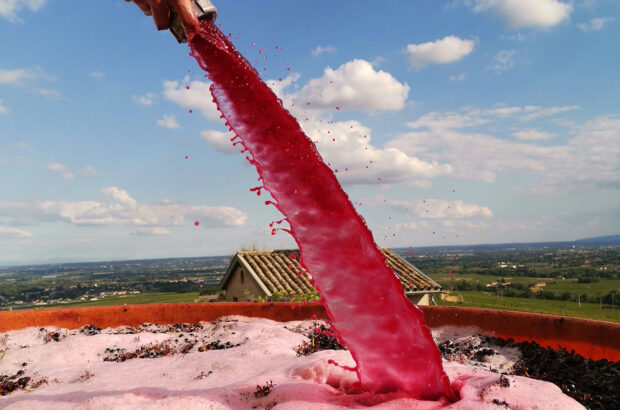As Dr Green prepares to launch a series of medieval supper clubs (complete with ye olde food and wine pairings and a lute recital), he shines a light on the wine culture of the Middle Ages and where you can still find hints of it today.
Dr Green is the author of Shadowlands: A Journey Through Lost Britain, which chronicles forgotten corners of British history, including its medieval wine trade. Find out more about his tours and events.
‘Not many people know that so much of London’s prosperity today was built upon the medieval wine trade. It was one of the city’s most valuable commodities but its story is now quite overlooked.
‘I like to remind people as we walk past banks and phone shops that these streets were once lined with vineyards.
‘The most remarkable thing is the sheer amount that people drank. In the 12th to the 14th century, wealthy people would easily be drinking five pints of wine a day – 3 bottles by today’s standards. And the level of alcohol wasn’t lower – it was higher if anything. So they were jousting, going to war and making big political decisions all while being three bottles of wine down. Maybe that’s one of the reasons it was such a cut-throat world.
‘Even babies were given wine. There’s a record of one outgoing wet nurse writing to the new wet nurse to say: “If you can, try to wean the baby off wine soup”.
‘It makes sense when you think about what the water was like back then. The River Fleet used to run red with blood on slaughter day. People knew drinking the water could be a death sentence.
‘There wasn’t a proper way of preserving wine then so it was poured away into the streets after a year when it became undrinkable.
‘The punishment for serving wine that wasn’t fresh was severe. On the tour, we pause at the spot outside St Mary-le-Bow Church where vintners caught selling old or bad wine were tied to a stake and surrounded by “vile minstrels” (basically musicians playing horrifically out of tune). The awful music would gather a blood-baying crowd, then the Lord Mayor would appear, waterboard you with your utterly putrid wine and smash the bottle over your head. A sweet revenge for a sour wine. They liked poetic justice back then.
‘In the wine taverns, there were giant jewel-encrusted pig troughs on the tables filled with wine. You’d scoop it out with coconut shells. The shells were so valuable they were locked up in the tavern at night. If you’ve ever drunk red wine out of a coconut, you’ll know it gives it a lovely texture. It’s a great trick for dinner parties.
‘It wasn’t just red and white wine back then either. You had all the colours of the rainbow and drank the colour of wine that matched your social status. Blue wine was the most elite – reserved for kings, archbishops and aristocrats. It was filled with ultramarine dye but the dye was deeply toxic so mostly they’d hold it to look important while drinking something else.
‘Next best was green wine – which was white wine mixed with grass. Then black – basically very strong red wine. White was for the lowest classes because it reminded people of the tears of sinners. They thought it might imbue them with sin.
‘On the tour, I always stop at Cleary Garden – London’s only medieval-style vineyard that has vines growing in it today and which doubled up as a plague pit. In the Middle Ages there were vineyards all across southern Britain because of the climate. From about 900 to 1350 AD Londoners were living through what’s called the Medieval Warm Period – it was probably hotter then than it is today so grapes could be grown in places where now it isn’t feasible. The warm period was replaced by the Little Ice Age from about 1350 so by around 1400 almost all the vineyards were gone.
‘During the plague they didn’t have enough space to bury bodies so it’s likely that lots of City vineyards became plague pits. After the plague ended, people didn’t really use the grapes from the plague pits – they thought they were tainted. But, by the next generation, they were up for grabs again.
‘I think the tour works because you get not just the medieval history buffs but also the foodies and people who are interested in wine. Plus, both medieval history and viniculture can seem quite unapproachable. We strive to make it fun. We have live actors who leap out and drink the wines we talk about as we walk. I think of it as immersive history. There’s a sense perhaps that you can behave badly on the tour or just get blind drunk.
‘There are definitely places where the spirit of excess and extravagance that permeated London’s Middle Ages wine culture lives on today. I don’t like seeing betrayals of that spirit, like when people are stingily pouring wine with those shot glass measures. But in places like Le Beaujolais [a wine bar between Soho and Covent Garden] they pour it right to the brim if they like you – it feels incredibly medieval.’


